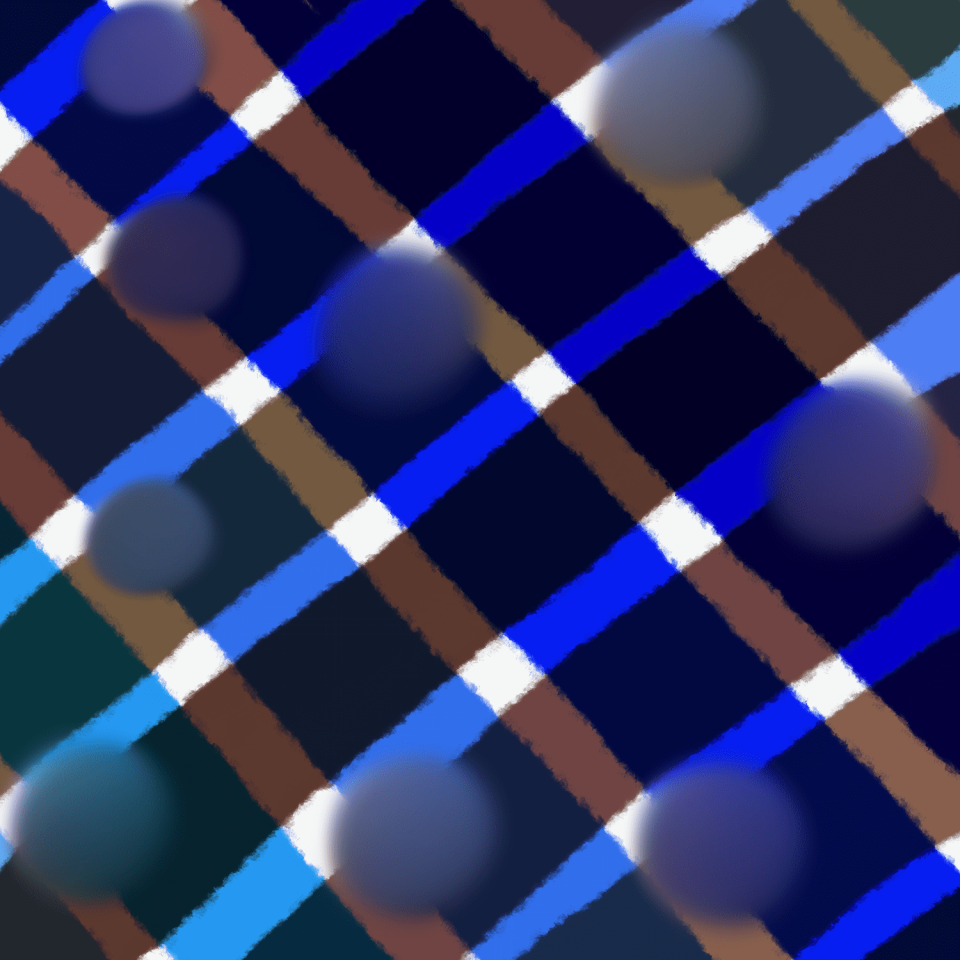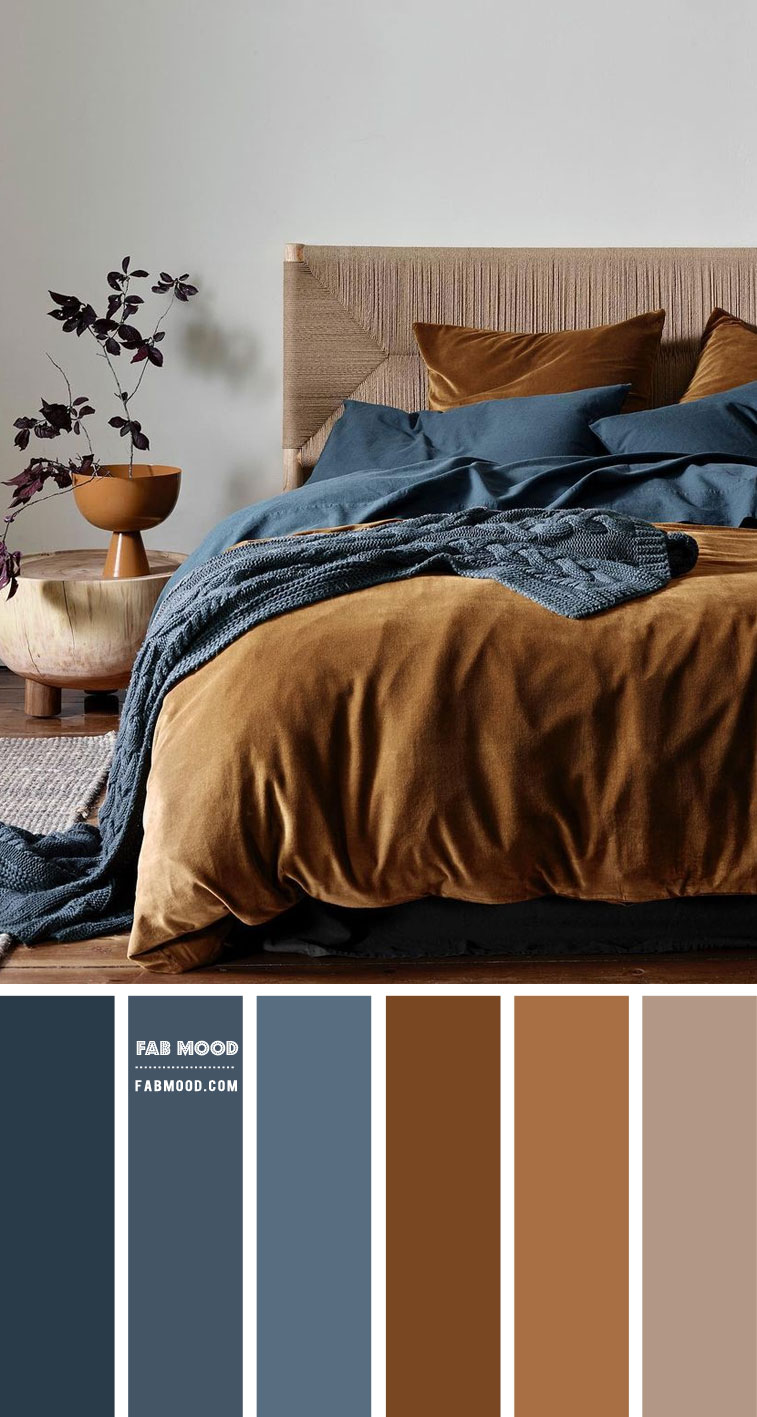Are you looking to tone your brown hair to a beautiful ash shade? If your brunette locks have taken on unwanted red, orange, or yellow hues, you’re in the right place! Here are some effective tips and recommended products to help you achieve stunning ash tones at home.
WHAT IS HAIR TONER?
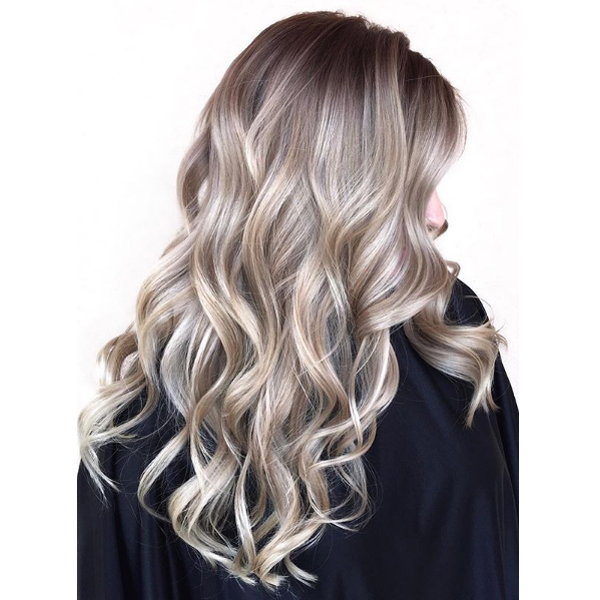
Hair toner is a product that adds pigments to the hair, slightly altering its shade without permanently changing the hair color. It typically makes the color appear cooler, such as transforming warm brown hair into cool ash.
Toners are commonly used on color-treated hair to neutralize unwanted ginger, brass, or yellow tints, resulting in a more natural-looking shade. They can also help eliminate warm tones from natural hair that has been lightened by sun exposure.
HOW TO USE THE COLOR WHEEL TO TONE YOUR HAIR
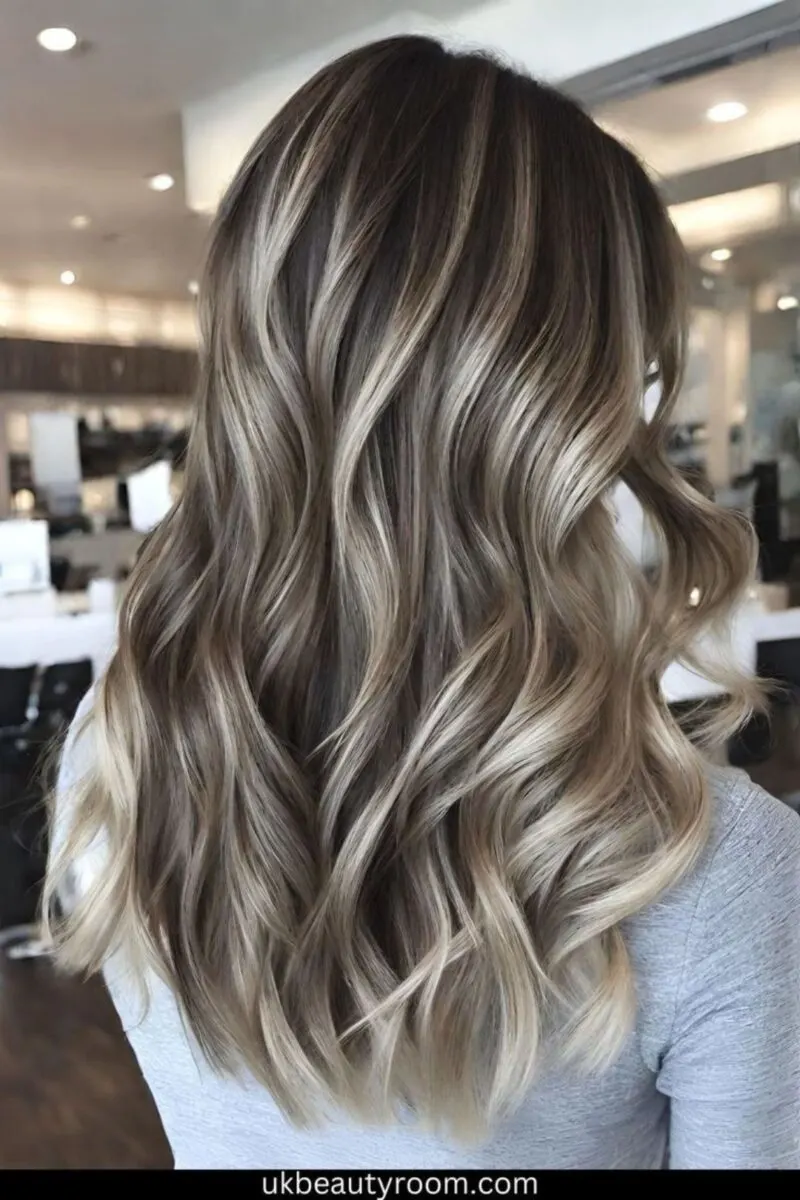
When toning your hair at home, the color wheel can be an invaluable tool. Hair stylists at salons often refer to the color wheel to determine which shade to use for neutralizing unwanted warm tones in your hair.
The color wheel consists of 12 colors, with each color’s contrasting shade located directly opposite it. To use the wheel effectively, start by identifying the color you want to eliminate from your hair, then look at the corresponding color on the opposite side to select the appropriate hair product.
For instance, if your hair has unwanted orange tones, opt for a blue shampoo, as blue is opposite orange on the color wheel. The blue pigments in the shampoo will effectively neutralize the orange hues.
Similarly, if you have red tones in your hair, a green shampoo can help counteract them, while a purple shampoo is ideal for canceling out yellow tones. By understanding the color wheel, you can make more informed choices when toning your hair at home!
HOW TO TONE BROWN HAIR TO ASH
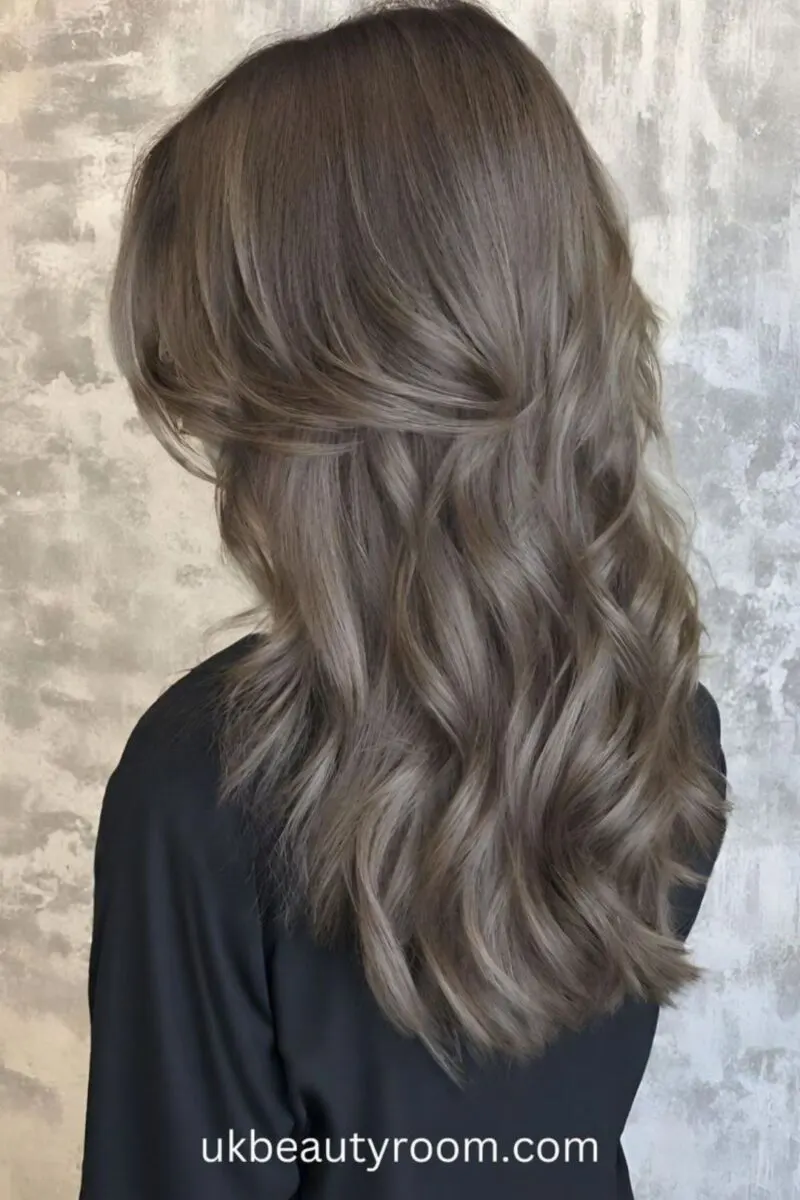
If you have brown hair and want to eliminate warm tones, there are several products available depending on your specific shade of brown and the unwanted undertones.
For dark brown hair, a semi-permanent hair toner is highly recommended to achieve noticeable results. This type of toner can effectively neutralize warm tones and enhance the coolness of your hair color.
If you have light brown hair, a quality blue shampoo may be sufficient to help transform your locks into a beautiful ash brown. Blue shampoos are effective at counteracting orange tones, making them a great choice for lighter shades.
Before you begin toning, it’s essential to understand how hair color charts work. Ensure you choose the right brown shade that complements your skin tone for the best overall look!
HOW TO TONE DARK BROWN HAIR TO ASH
SEMI PERMANENT DYE: CLAIROL NATURAL INSTINCTS – 6A LIGHT ASH BROWN
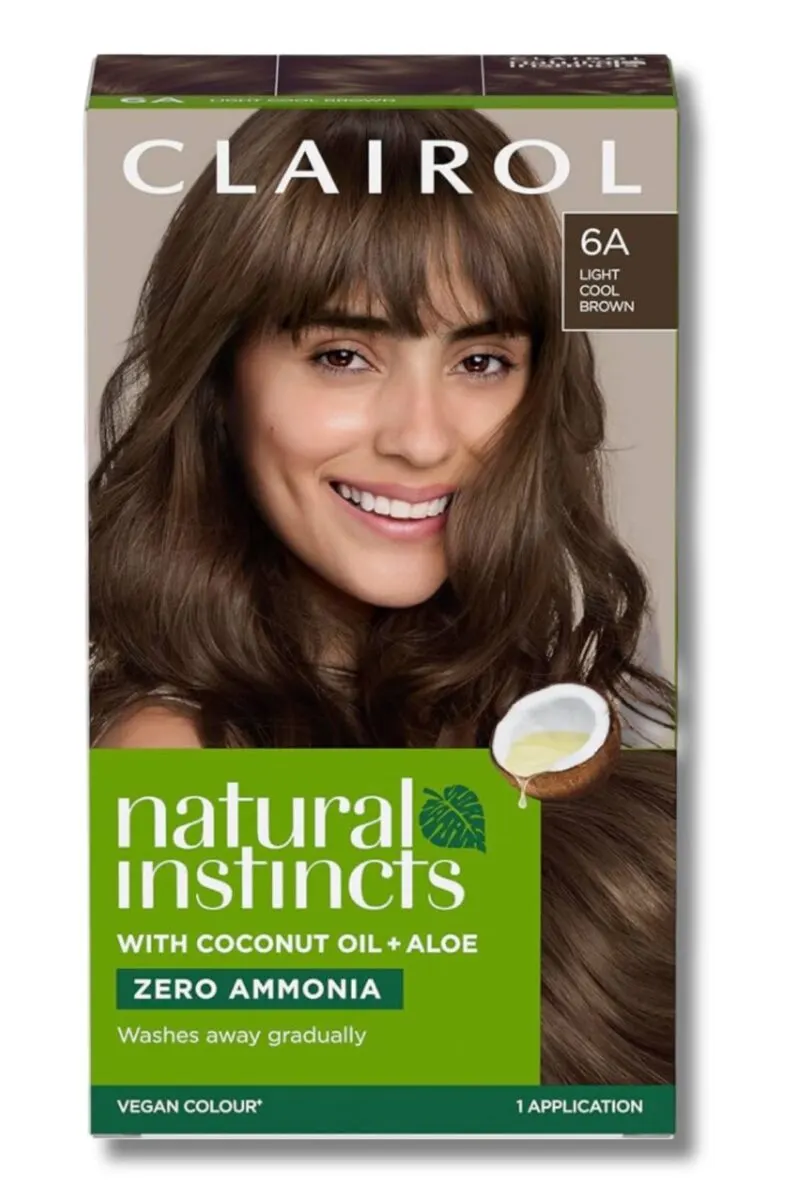
Another effective method for removing red undertones from brown hair is using a semi-permanent dye. One excellent option is Clairol Natural Instincts, which offers a shade called “Light Cool Brown.” This dye is particularly effective for transforming warm brown tones into an ash-brown hue.
While this product is technically a hair dye rather than a toner, it’s an easy way to achieve a medium ash color, especially if you’re dyeing your hair for the first time. It provides cool undertones while maintaining a natural appearance.
Clairol Natural Instincts Conditioning Colour is free from ammonia and harsh scents, making it gentle on the hair. It also contains nourishing ingredients like coconut and aloe vera to condition and moisturize your locks. This semi-permanent color lasts for up to 28 washes, allowing you to enjoy your new look without long-term commitment.
Semi Permanent Toner: VIPs Prestige BeBlonde BB03 – Icy Down

If you have dark hair and want to eliminate unwanted brassy tones, a semi-permanent hair toner is your best bet. VIPs Prestige BeBlonde offers a range of toners designed specifically for brunette hair, featuring various shades to achieve that coveted ashy look across different hair colors, including warm browns.
For brown hair with yellow undertones, the ideal VIPs Prestige toner is called “Icy Down.” This toner effectively corrects any unwanted yellowish hues that may arise from dyeing.
If your brown hair exhibits unwanted orange tones, the “Caffé Latte” toner is the best option. This product transforms brassy hair into a beautiful ashy brown. It can also be effective on black hair, helping to shift it toward a dark ash shade.
All VIPs Prestige toners are ammonia-free and enriched with nourishing ingredients like olive oil, macadamia oil, and castor oil. They also contain nettle to promote healthy hair. Each application lasts for approximately 6-8 washes, allowing you to enjoy your new look without a long-term commitment.
HOW TO TONE LIGHT BROWN HAIR TO ASH
OSMO COLOUR REVIVE CONDITIONING COLOUR TREATMENT COOL BROWN

Osmo Colour Revive is a cool brown conditioning treatment designed to refresh your hair color and prevent dyed hair from turning orange between salon visits. This treatment is particularly effective on lighter brunette shades. If your hair has become brassy or taken on a dull brown hue, Osmo Colour Revive can help restore it to a beautiful icy ash brown.
Infused with avocado oil and vitamins A and E, this treatment nourishes and conditions the hair, promoting overall health and shine. Additionally, it is free from ammonia and peroxide, making it a gentle option for maintaining your hair color. For best results, it is recommended to use this product once a week to keep your ash tones vibrant and fresh.
FUDGE PROFESSIONAL BLUE TONING SHAMPOO
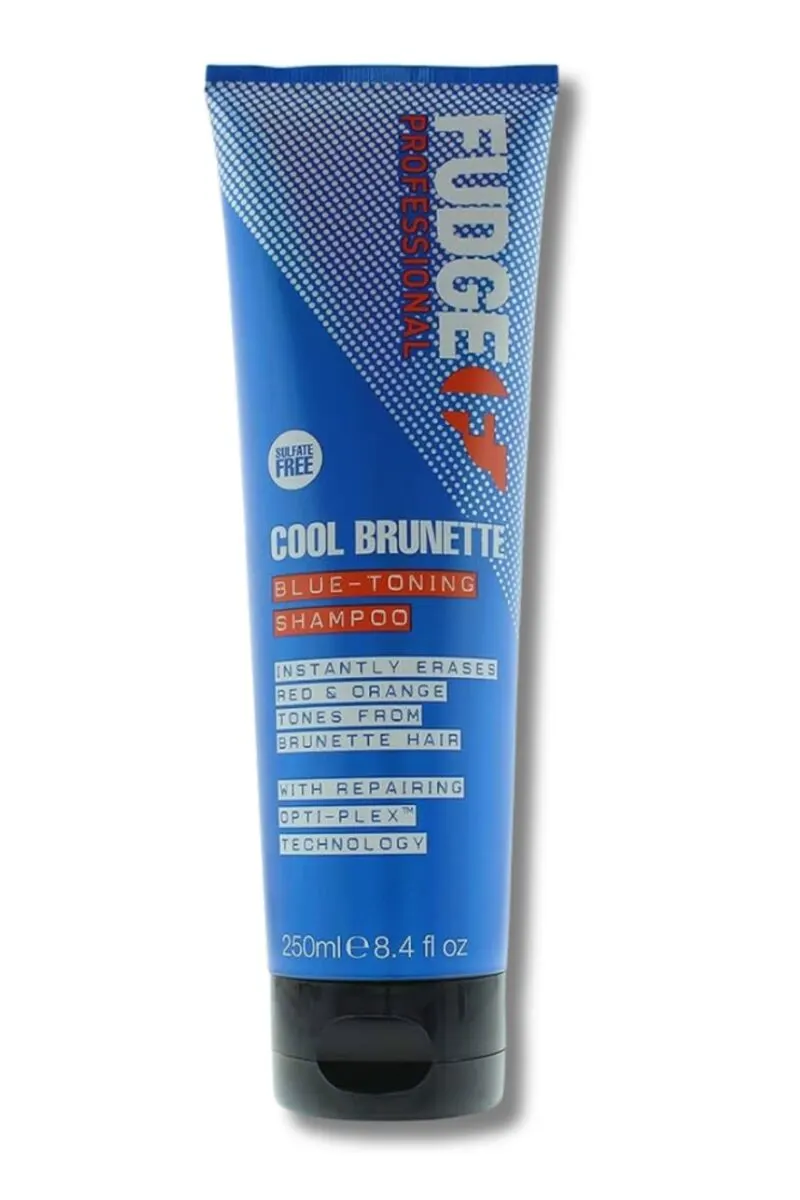
If your brown hair has developed unwanted orange or red tones, the Fudge Professional Blue Toning Shampoo is an excellent solution to restore it to an ash brown shade. This blue toning shampoo effectively neutralizes warm hues, resulting in cooler, deeper, and stronger hair color.
The Fudge Professional Blue Toning Shampoo is sulfate-free and features Opti-PLEX technology, which strengthens and smooths the hair by making it 85% stronger. This combination not only helps maintain your desired color but also enhances the overall health and appearance of your hair.
CONCLUSION
Achieving stunning ash tones from brassy brown hair is entirely possible with the right products and techniques. By understanding the color wheel and selecting appropriate toners or dyes, you can effectively neutralize unwanted warm tones, creating a cooler, more sophisticated look.
Whether you choose a semi-permanent dye like Clairol Natural Instincts, specialized toners from brands like VIPs Prestige BeBlonde, or nourishing treatments such as Osmo Colour Revive, there are plenty of options tailored to different hair shades and needs. Incorporating products like Fudge Professional Blue Toning Shampoo can further enhance and maintain your desired color.
Regular maintenance, including weekly treatments and proper hair care, will keep your ash tones vibrant and your hair healthy. With these tips and products, you can confidently embrace beautiful ash brown hair in 2025, leaving behind the brassy hues for a chic, modern look!


